The Soul of Andes on the Roof of the World-- the tomorrow Sun Project of Bolivia
[Foreword]
We got new beans! After a few rounds of cup testing and a few rounds of hand flushing, I finally determined the curve of Bolivia ~ What kind of beans is Bolivia?
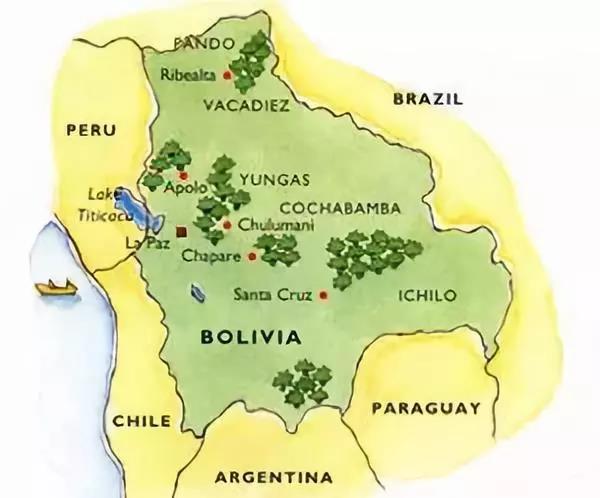
Bolivia, one of the poorest countries in Latin America, is a landlocked country bordering Brazil and Colombia. Although it is a country with great coffee export potential, production has been quite scarce, conditions for coffee cultivation are excellent, but the challenges are also extremely difficult, and the result is an unusually rich agricultural history established on a very, very difficult land.
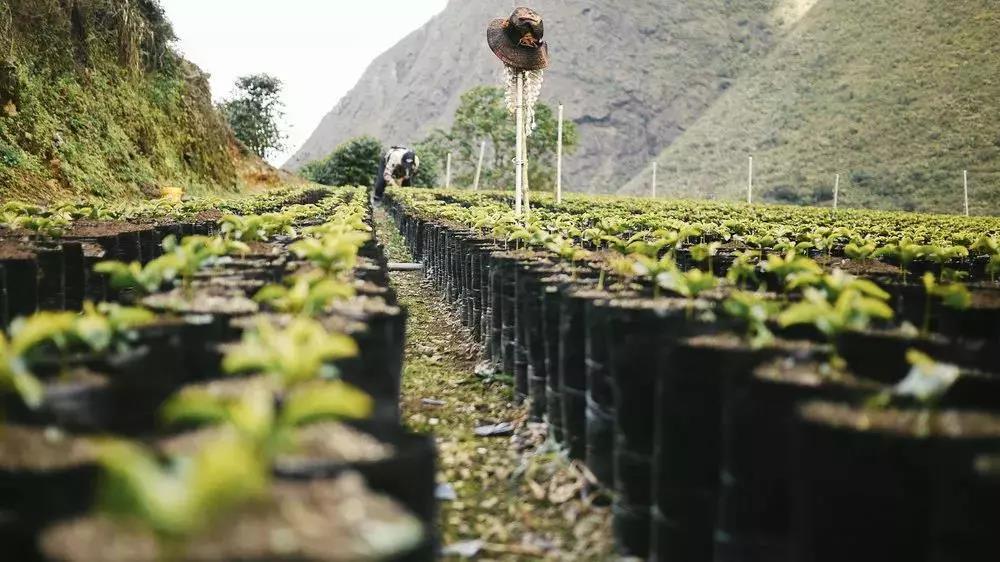
Coffee's origins date back to 1880, when all production was largely associated with the owners of large farms north of La Paz. In 1991, the government promoted a program of indigenous coffee farming, but did not pay attention to quality. The reason is Bolivia's backward economic development and infrastructure. Bolivia is still the poorest country in South America. In addition, Bolivia's original unique and changeable terrain, due to poor infrastructure, has become a key factor in coffee processing, delivery and quality killer. Under government incentives, coca leaf yields four times as much as coffee, causing many farmers to abandon coffee or even farms altogether.
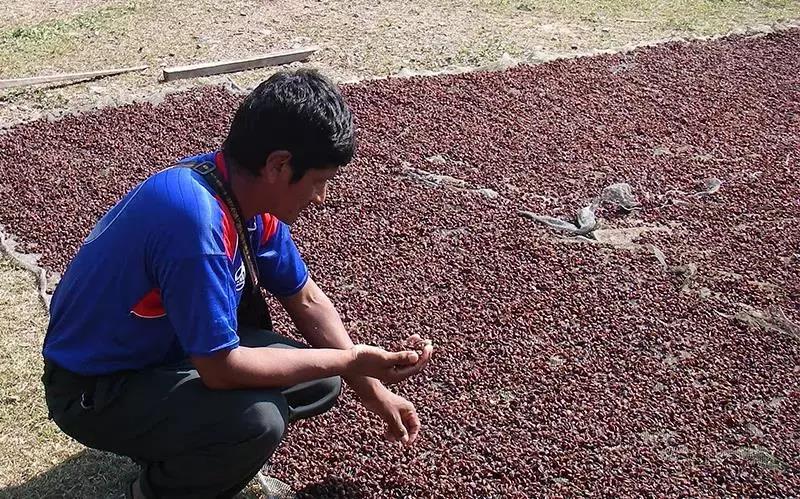
In the early 2000s, the United States had strongly supported Bolivian agriculture, but coffee farmers suffered the most as relations with the United States deteriorated as the Bolivian government later supported coca cultivation. After Bolivia resumed a limited war on drugs, several programs were restarted to assist coffee farmers, such as COE (Cup of Excellence), which was held with the support of USAID. Bolivia lost 50 percent of its coffee production in 2013, the year leaf rust hit. The combination of government coca leaf policies and leaf rust has reduced Bolivia's coffee production by 70 per cent over the past decade, reducing it to a small coffee-producing country.
[Production area]
Yungas
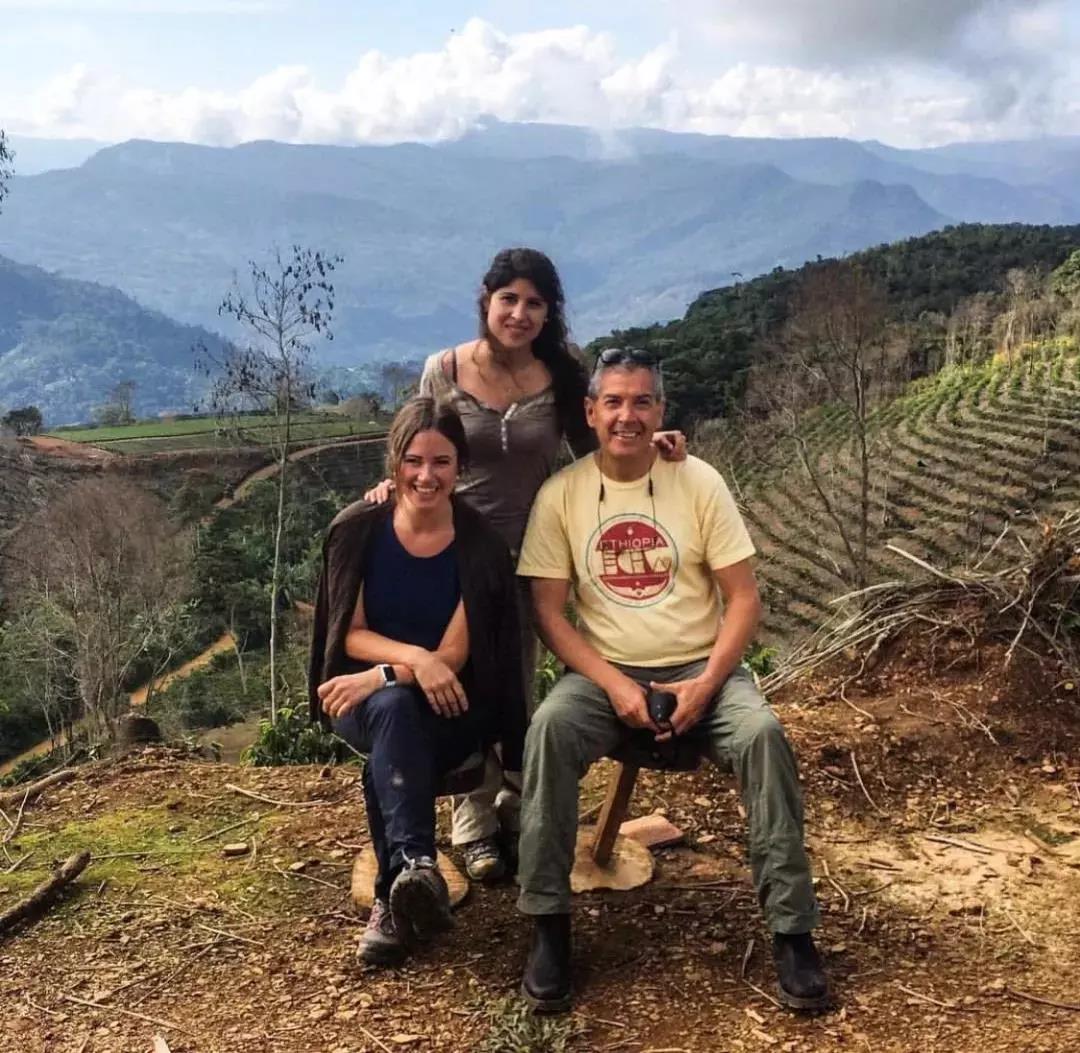
Located in the province of Caranavi, northeast of La Paz. 95% of Bolivia's coffee is produced here, a vast forest that runs along the eastern slopes of the Andes, a fertile land whose rainy, humid and warm climate makes it a favorable area for coffee production and cultivation. The elevation here is 800-1800 meters, and the area is most famous for one of the most dangerous roads in the world, nicknamed Yongas Road, also known as "the most dangerous road in the world."
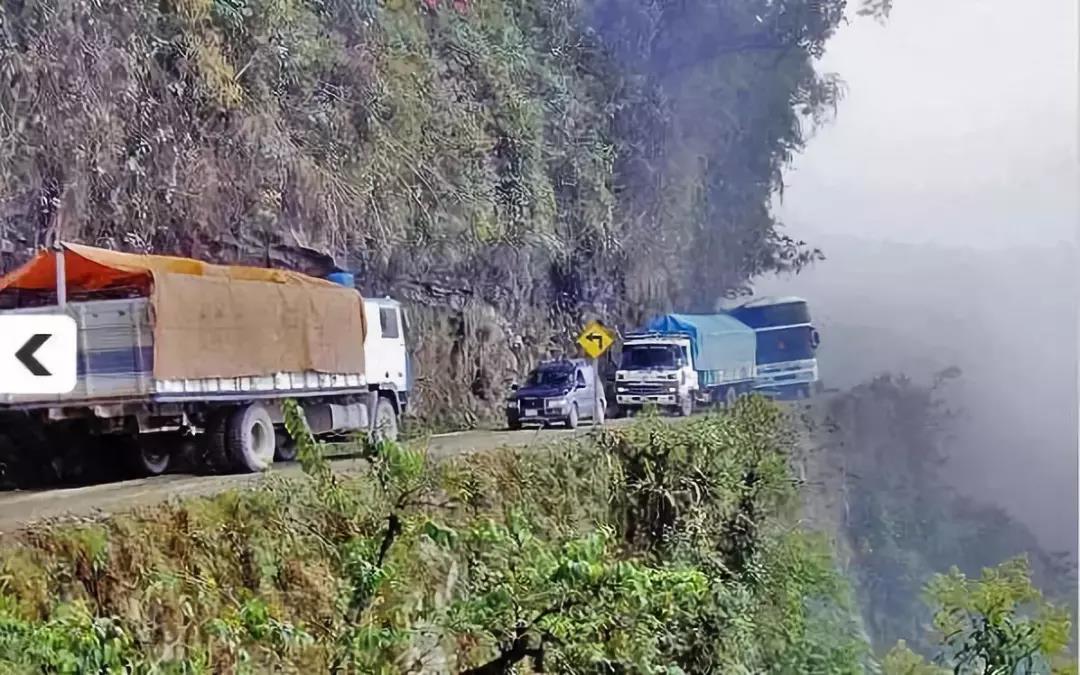
| El Sol de Manana
[Tomorrow Sun Project] This is a comprehensive plan to upgrade Bolivian coffee, which requires a lot of money and effort to coach small farmers, including technical support, breeding, pruning, harvesting and other important technologies, and to buy small farmers 'coffee at a high price, so that farmers' income and quality enter a good cycle of sustainable management.

Several well-known roasters in Europe and America, such as Intelligentsia, Has Bean, Stumptown, Drop Coffee, 49th Parelle, Maruyama, etc., almost always purchase Agri cafe beans. Agri cafe , the Bolivian boutique coffee established by Pedro Rodriguez, owner of the estate, his son Pedro Pablo and daughter Daniela, in addition to his own estate, Pedro has a dream of reviving Bolivian boutique coffee and caring for the lives of coffee farmers, and began El Sol de Manana (Tomorrow Sun).
[Variety]
Java, iron pickup:
Java is still cultivated in Java, but because of its low yield and poor disease resistance, many farms have changed to plant new varieties. From the appearance point of view, the traditional Java bean type is quite similar to Typica species, and the Java bean type generally seen is shorter and slender (i.e. short berry shape), and long berry Java species.
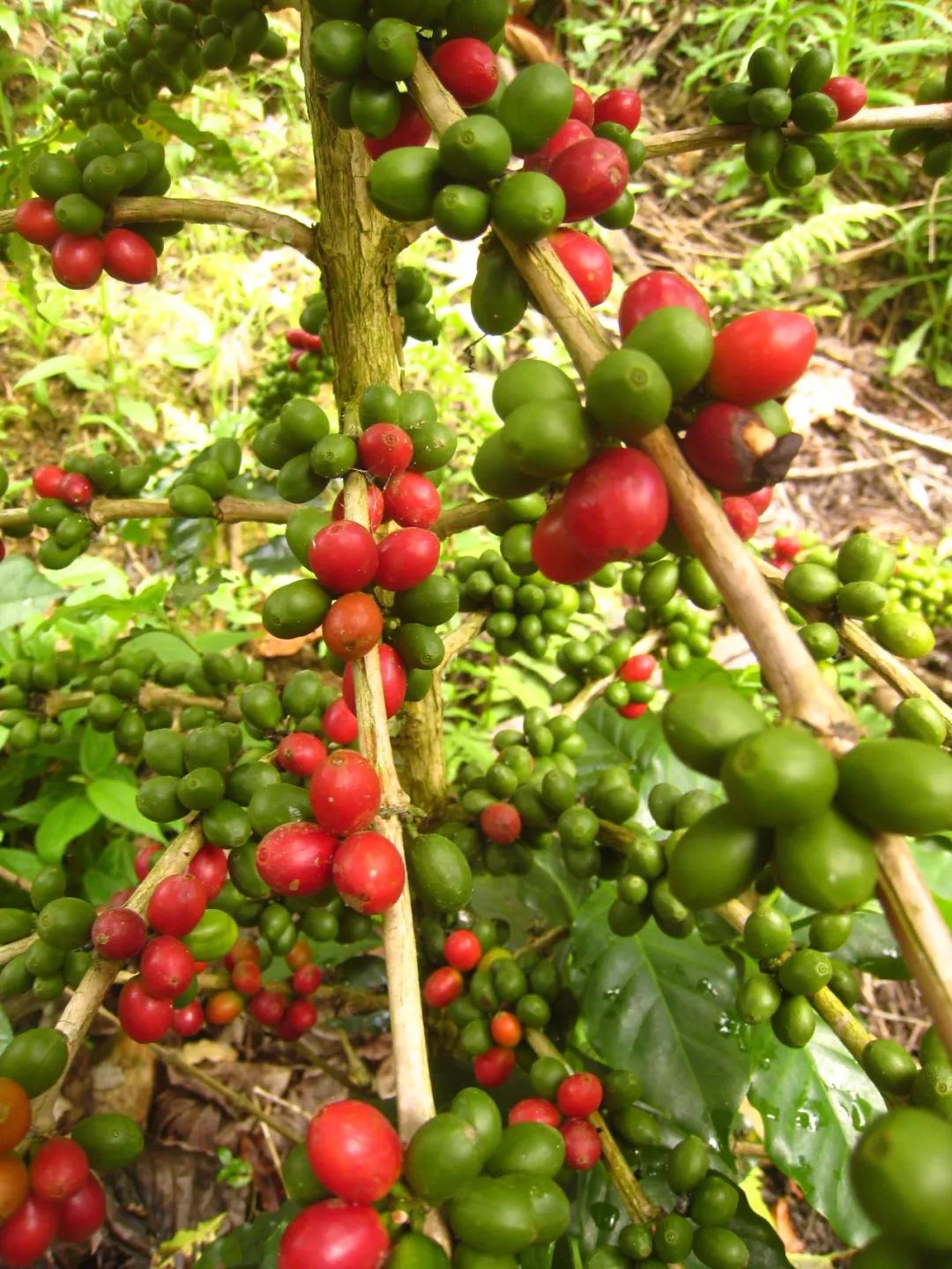
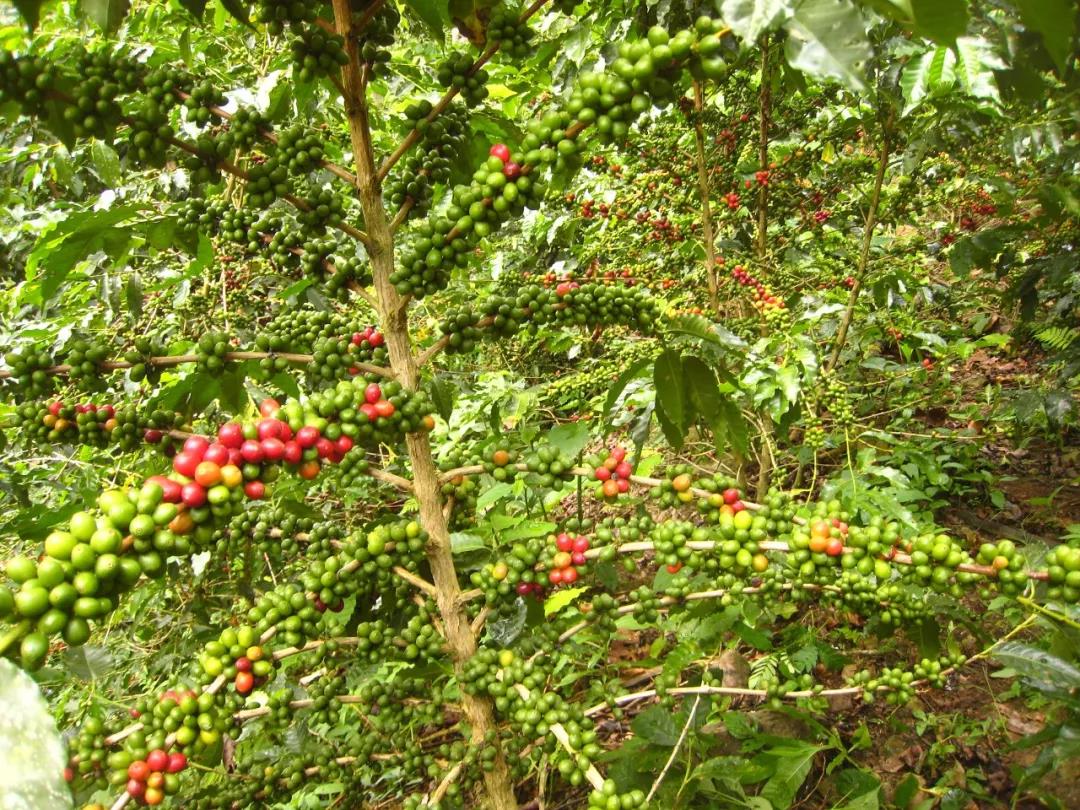
Iron sheet card is the classic high-quality arabica species, low yield and susceptible to rust disease, requiring more labor management. Tiekka coffee is native to Ethiopia and southeastern Sudan and is the most widely cultivated coffee variety in the Western Hemisphere. The plants are more robust, but they are not tolerant of light. The top leaves of iron pickup are red copper, called red top coffee.
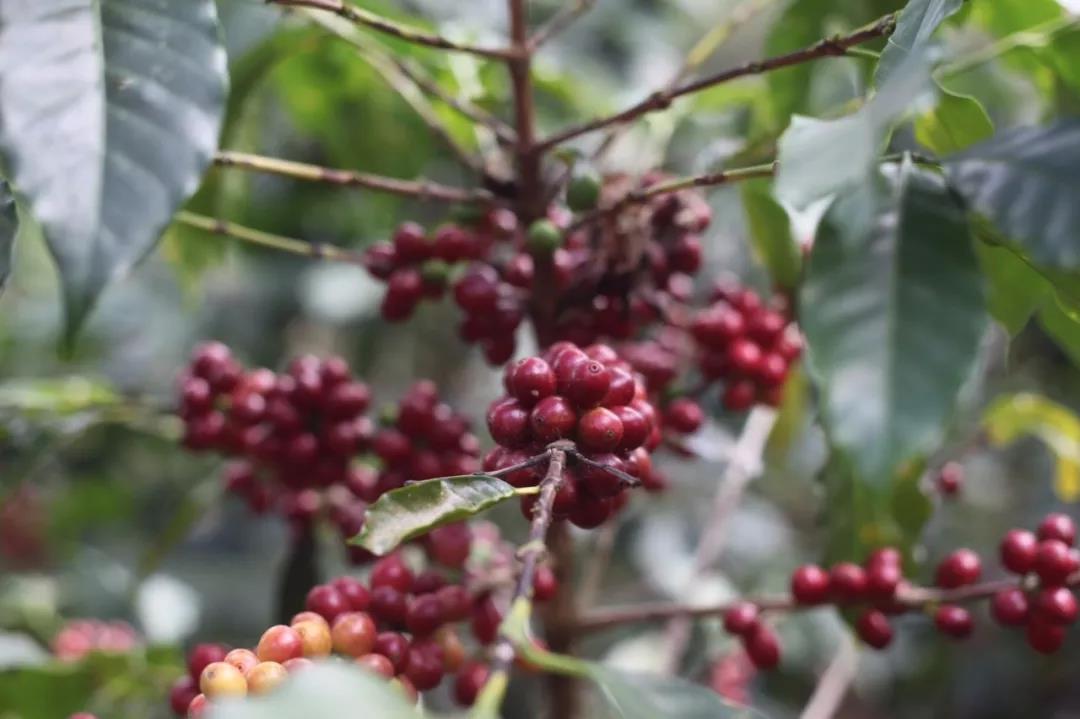
[Sunlight treatment]
Sun-drying is the oldest and most primitive method of processing coffee beans. Compared to washing, this drying method of coffee is also called "natural coffee" or "sun coffee". The harvested coffee fruits are exposed to direct sunlight for about two to four weeks. It is usually used in countries with dry and humid climates.
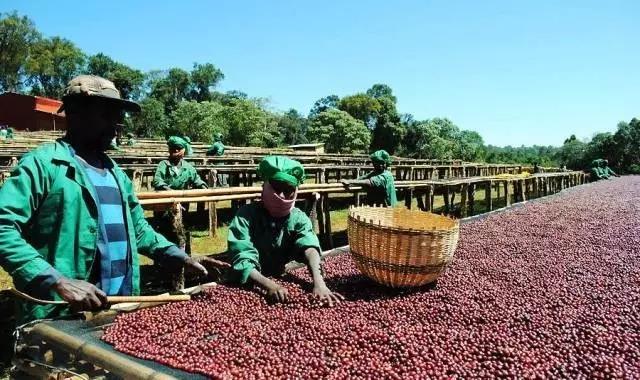
1. First, harvest the ripe coffee fruit.
2. Preliminary selection of impurities and inferior beans
3. Screening floating beans: Pour coffee cherries into the sink. The ripe and full fruits will sink to the bottom of the sink, and the immature or incomplete fruits will float to the surface.
4. Sun-drying method will sink in the bottom of the tank mature coffee fruit out, spread in the sun drying field, the moisture from 70% to 10-12% or so. The fruit should be turned several times a day to air dry evenly and covered at night to avoid moisture.
5. Dehusking: After about two weeks to four weeks of exposure, the outer layer of coffee seeds has dried, and then use a huller to remove the shell.
[Raw beans and baking]
Raw beans are low in water content, medium in texture, slightly longer in shape, smooth in surface, light green in color, and smell of grass. In fact, we tried 4 baking curves to determine the proper baking degree of this bean.
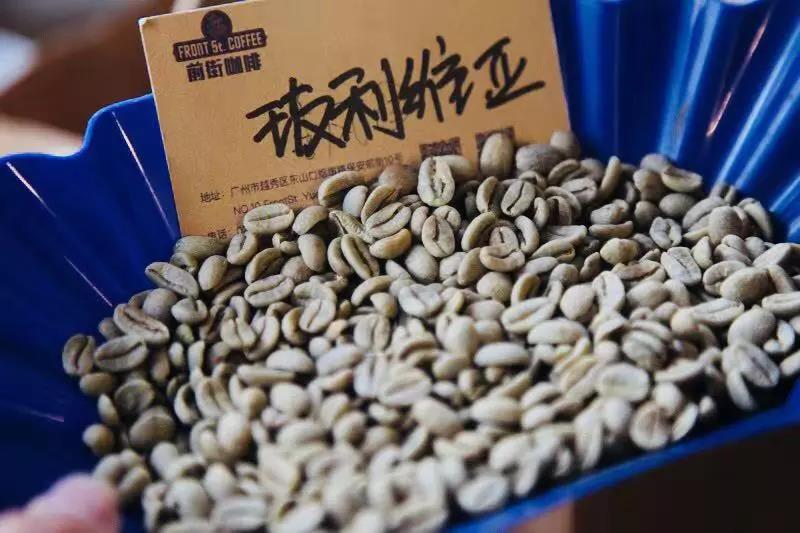
Curve 1:
Yellowing point 4:45 seconds, first explosion starts at 8:30 seconds, temperature is 182.9, first explosion develops at 1:50 seconds, temperature is 194 degrees.
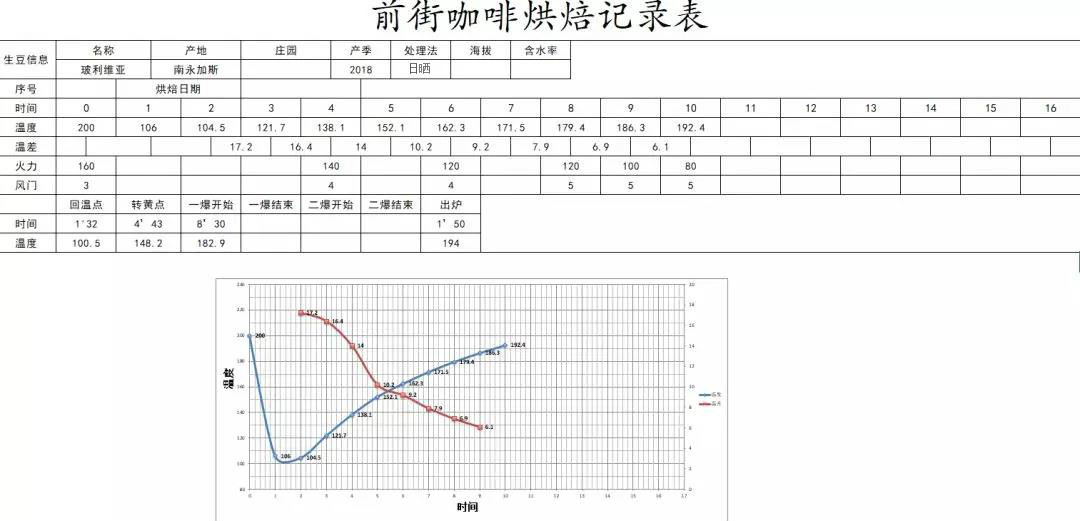
Cup flavor: berry sweet, fruit juice taste, overall clean, with a slight black tea aftertaste, there are surprises, we all feel a little bit like rose summer flavor, haha ~
Curve 2:
Yellowing point 4:45 seconds, first explosion point 8:40 seconds, temperature 185.6 degrees, first explosion 2:10 seconds after the exit temperature 198 degrees
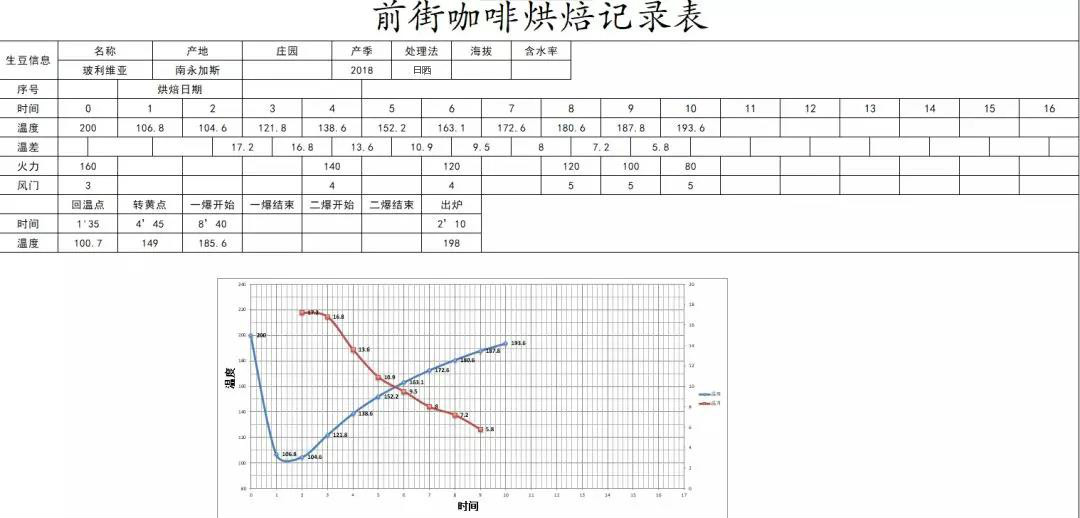
Cupping Flavor: Complex fruity acidity, sweet berry, sucrose, slight hazelnut, chocolate finish, but slightly lower on cleanliness, slightly smoky, a bit rough on the palate, also a bit raw
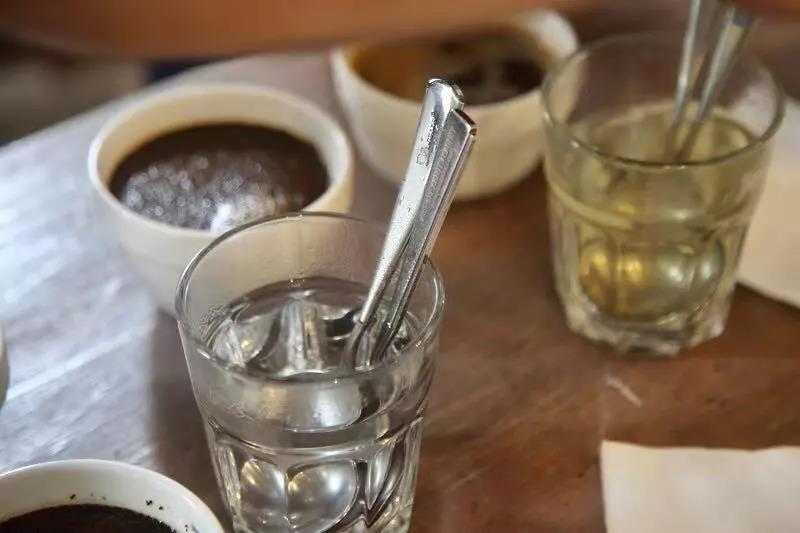
Curve 3:
Bean temperature at 200 degrees, 30 seconds later, fire to 160, damper open to 3, at 140 degrees, fire to 140, damper open to 4:45 seconds to yellow, at 166 degrees, fire to 120, damper unchanged, first explosion point at 8:23 seconds, temperature is 185.9 degrees, then fire unchanged, damper open to 5, fire to 100 at 187 degrees, 1:30 seconds after the first explosion, furnace temperature 194 degrees.
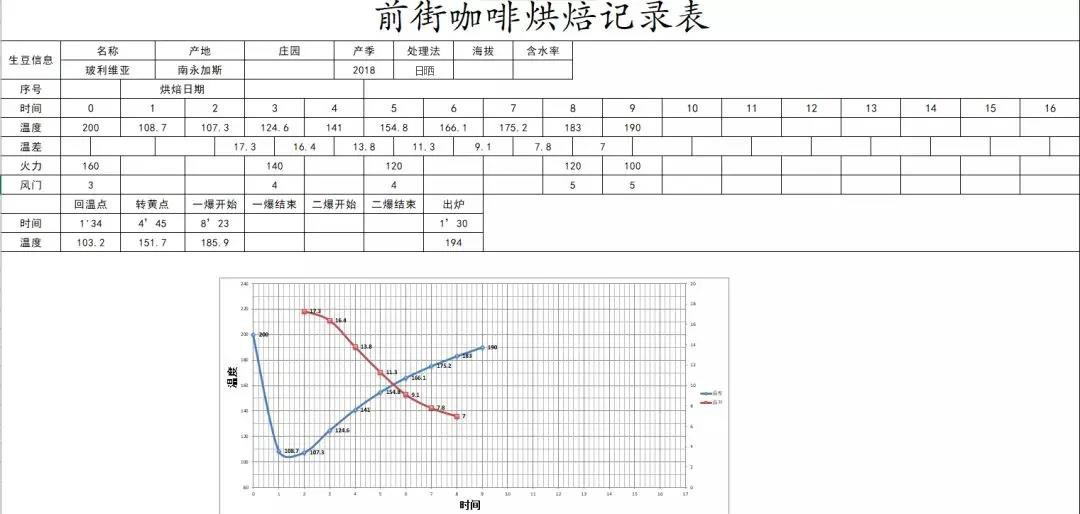
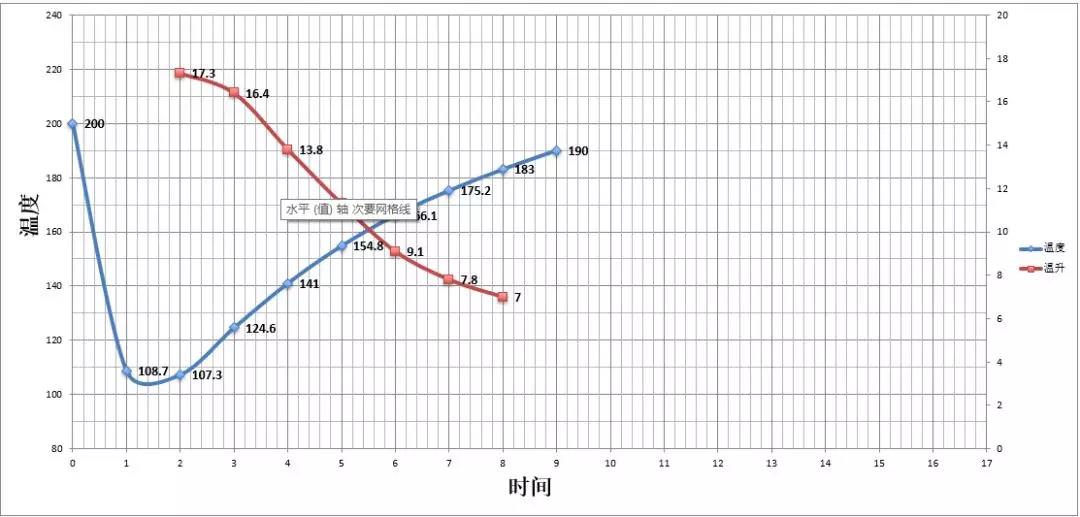
Cup flavor: sweet and sour shock, sweet berry, caramel, almond, nut, chocolate aftertaste, oolong tea sense relatively 1, 2 curve obvious, taste relatively solid
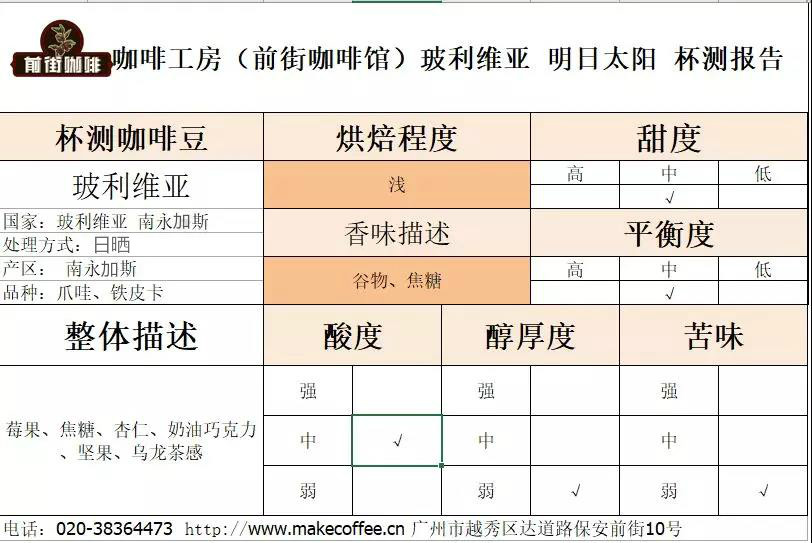
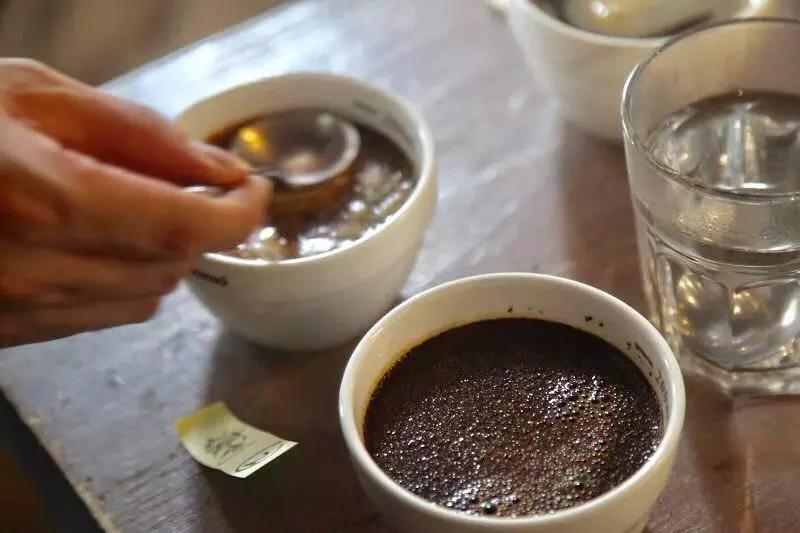
Curve 4:
The yellow point is 4:40 seconds, the first explosion starts at 8:25 seconds, the temperature is 183.2 degrees, the development after the first explosion is 4:01 seconds, and the temperature is 202.5 degrees.
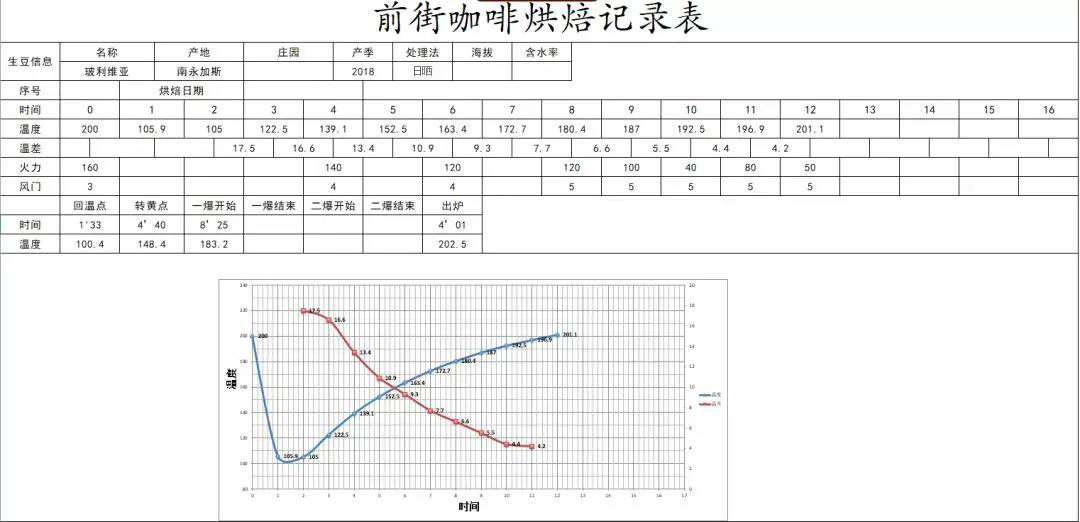
Cup flavor test: this line baked to 2 pop. As a comparison, determine the appropriate baking degree. The entrance is bitter, smoky, and the taste is not good. Bolivia is not suitable for baking to 2 pop.
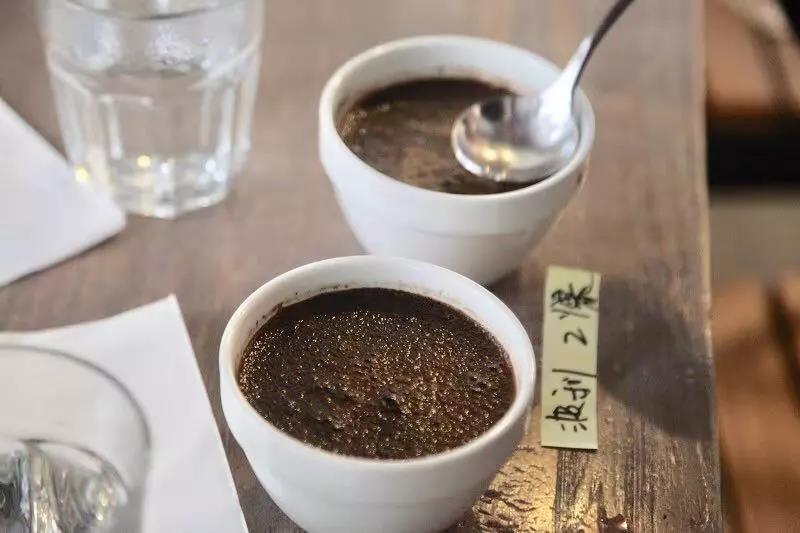
As can be seen from the four lines, Bolivia's turning yellow point is about 4 minutes and 40 seconds, and the explosion time is about 8 minutes and 30 seconds.
The baking time of Line 1 and Line 2 is almost the same, but the temperature rise in the front part of Line 1 is a little rapid, and the sugar substances of raw beans are not combined in time, resulting in less flavor layers and single taste when cup testing;
Line 2, on the other hand, has a slightly longer development time, higher oven temperature, but slightly smoky flavor, and some beans have developed too much, bringing a slight smoky flavor. Line 1 and Line 2 were synthesized, Line 3 was selected and adjusted on the basis of Curve 1. The cup test scores of Curves 1 and 3 were relatively high, so the two curves were brewed.
Manual punching parameters:
task1:
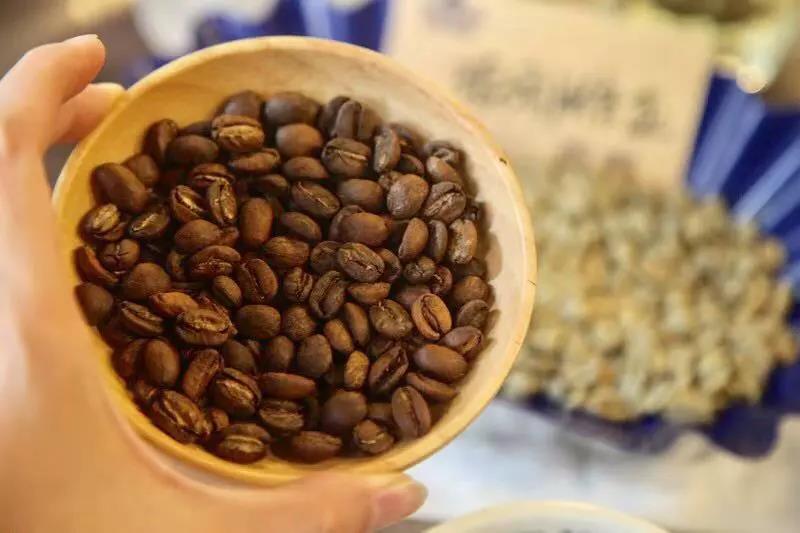
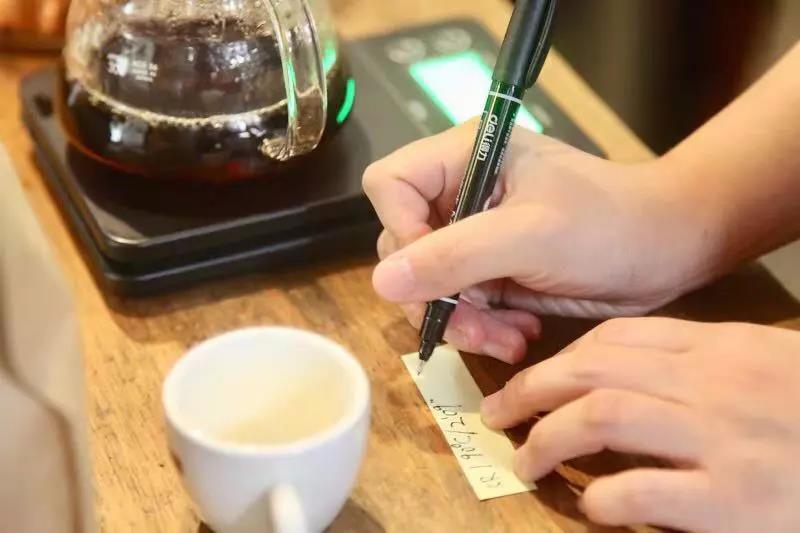
Parameters: V60 filter cup, 91 degrees, grinding degree BG 5R (Chinese standard No.20 sieve pass rate 64%), 1:15 powder-water ratio, time about 2:00 seconds
Method: 21-125-227g, 21g water 30 seconds steam-proof, small water injection to 125g, at 1:17 seconds to start the second stage of water injection, water injection to 227g
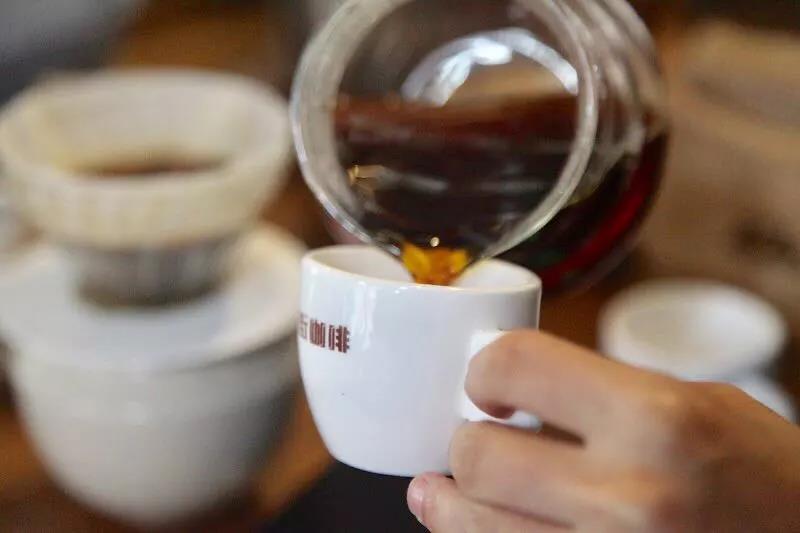
Curve 1: Sweet and sweet in the mouth, with a bright fruit acid taste slowly appearing, with a little peanut and grain taste in the latter part, obvious tea feeling, thin texture
Curve 2: Caramel, nutty taste obvious, soft berry acid flavor, the latter part of the oolong tea feeling, taste more balanced
task2:
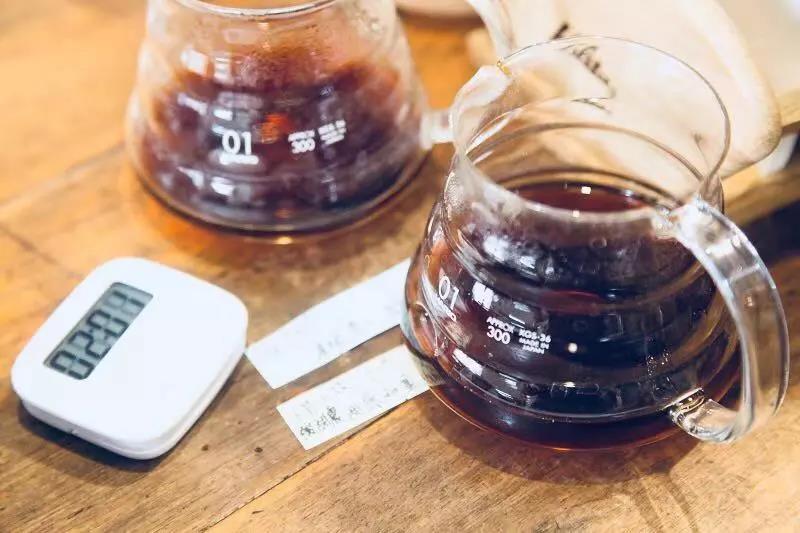
Parameters: V60 filter cup, 90 degrees, grinding degree BG 5R (Chinese standard No.20 sieve pass rate 64%), 1:15 powder-water ratio, time about 2:03 seconds
Technique: 22-130-227g, 22g water 30 seconds steam-proof, small flow water injection, concentrated in the center water injection to 130g, at 1:17 seconds to start the second stage of water injection, the outer circle quickly bypass, water flow slightly large, concentrated in the center water injection to 227g
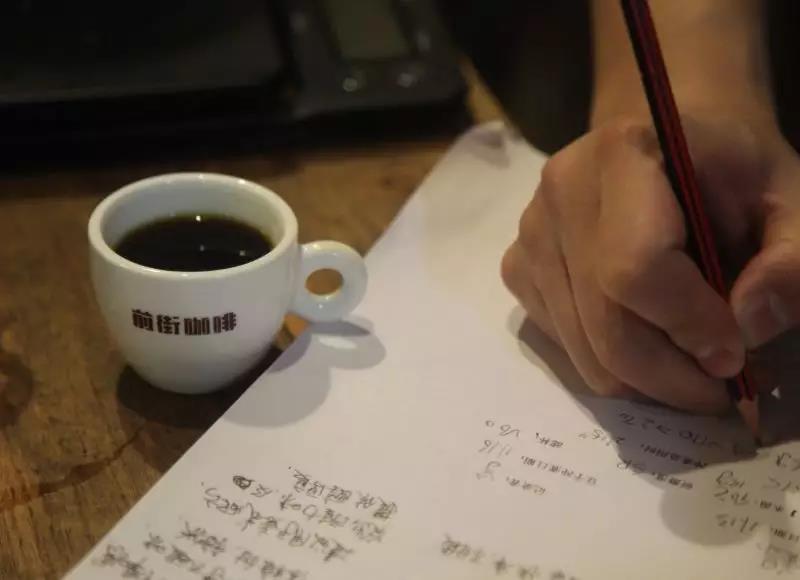
Curve 1: slightly less acidic, although it also has a berry flavor, but the taste is not pleasant, rough taste
Curve 2: A bit more solid on the palate, soft strawberry acid, with complex fruit acidity, caramel sweetness, slight cocoa, almond aftertaste
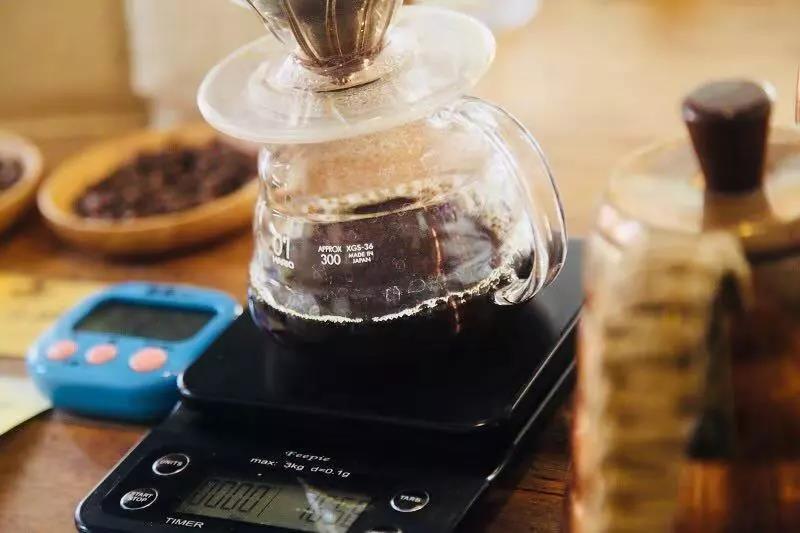
It can be seen that curve 3 is slightly better at hand impact, so it was chosen to express this Bolivian characteristic. After several baking adjustments, cup testing and hand washing, this bean is suitable for medium and light baking, while retaining its unique soft berry sour taste, but also caramel and nutty taste.
Important Notice :
前街咖啡 FrontStreet Coffee has moved to new addredd:
FrontStreet Coffee Address: 315,Donghua East Road,GuangZhou
Tel:020 38364473
- Prev
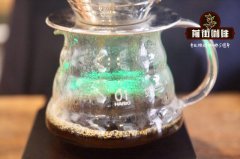
How good is the black honey coffee in Nicaragua's Bosnian Manor? how much powder do you use to make brownies by hand?
Professional coffee knowledge exchange more coffee bean information please follow the coffee workshop (Wechat official account cafe_style) Nicaraguan coffee-Bosinia estate information story introduction: processing factory introduction Cafetos de Segovia micro batch processing plant belongs to the second generation of Albir family sisters Ana and Martha Albir, they inherited the passion for coffee from their father, Albir
- Next
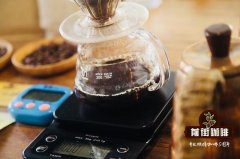
How to hand make Nicaraguan Holiday Manor Coffee _ Palenema breed what do you need to pay attention to?
Professional coffee knowledge exchange more coffee bean information please follow coffee workshop (Wechat official account cafe_style) country: Nicaragua / Nicaragua production area: Sinotega / Jinotega Manor: holiday Manor / El Recreo beans: Palenema / Parainema altitude: 1200-1300m treatment: sun treatment / Natural Process leave
Related
- Detailed explanation of Jadeite planting Land in Panamanian Jadeite Manor introduction to the grading system of Jadeite competitive bidding, Red bid, Green bid and Rose Summer
- Story of Coffee planting in Brenka region of Costa Rica Stonehenge Manor anaerobic heavy honey treatment of flavor mouth
- What's on the barrel of Blue Mountain Coffee beans?
- Can American coffee also pull flowers? How to use hot American style to pull out a good-looking pattern?
- Can you make a cold extract with coffee beans? What is the right proportion for cold-extracted coffee formula?
- Indonesian PWN Gold Mandrine Coffee Origin Features Flavor How to Chong? Mandolin coffee is American.
- A brief introduction to the flavor characteristics of Brazilian yellow bourbon coffee beans
- What is the effect of different water quality on the flavor of cold-extracted coffee? What kind of water is best for brewing coffee?
- Why do you think of Rose Summer whenever you mention Panamanian coffee?
- Introduction to the characteristics of authentic blue mountain coffee bean producing areas? What is the CIB Coffee Authority in Jamaica?

